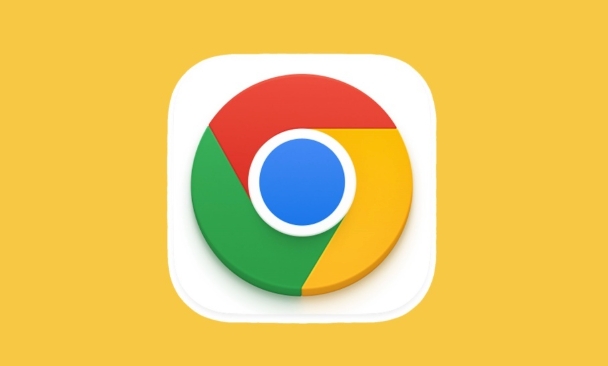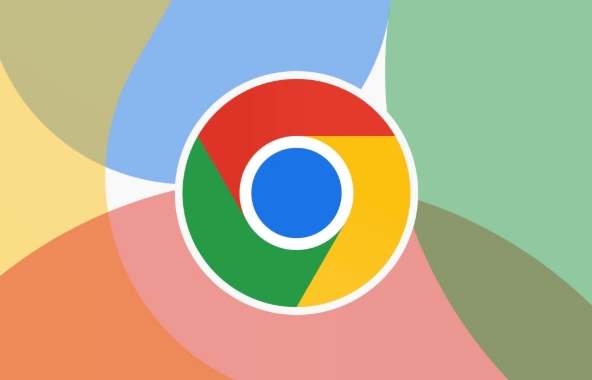Gmail provides a Google Meet shortcut portal that can hide the left sidebar; 2. You can add filtering rules to block the page through browser extensions such as uBlock Origin; 3. Use UserCSS style scripts to stably hide Meet elements. After opening Gmail settings, enter the "General" tab, check "Hide Meet Shortcut" and save to simply hide the sidebar entrance; for more thorough blocking, you can install ad blocking extensions and add custom CSS class name rules, or use Stylish class extensions to create user-style scripts to hide related elements in a targeted manner to achieve simplicity of the interface.

Google Meet's quick portal integration in the Gmail interface does facilitate the initiation and addition of video conferencing, but if you don't use this function frequently, or feel that it takes up interface space and is prone to missed points, you can choose to hide or disable it. Here are a few ways to help you turn off Google Meet integration in the Gmail page in your Chrome browser.

Use Gmail to set up Hide Meet Quick Portal
Gmail itself provides a simple setting option that can hide the Meet shortcut portal in the left sidebar:
- Open Gmail and click the gear icon in the upper right corner to enter "View all settings".
- Switch to the General tab.
- Scroll down and find the "Google Meet Video Call" section.
- Check "Hide Meet Shortcut".
- Scroll to the bottom and click "Save Changes".
This method will not completely remove the Meet function, but it will prevent the video avatar area from being displayed in the sidebar, which is much more visually refreshing.

Block Meet elements with browser extensions
If you want to remove Meet-related content from Gmail pages more thoroughly (such as the Meet shortcut button at the top of the chat window), you can do this through a browser extension, such as using an ad blocking plug-in:
- Install ad blocking class extensions, such as uBlock Origin or AdGuard.
- Add custom filtering rules, such as:
gmail.com##.XcVN5d gmail.com##.KHxj8d
These class names may correspond to the Meet button or module in the page, and they need to be adjusted according to the current page structure.

Note: The web structure may be updated, so it is recommended to use the Element Selector feature to temporarily block specific areas. This method is suitable for users with certain hands-on ability.
Try using User Style Scripts (UserCSS)
For users who prefer to keep the interface neat, using UserCSS is a more stable way:
- Install an extension of type Stylish or Greasemonkey.
- Create a new custom style with the destination URL set to
https://mail.google.com/*. - Add the following CSS code:
.XcVN5d, .KHxj8d, .b4VAwf { display: none !important; }This hides common Meet buttons and modules.
The advantage of this method is that the rules do not need to be updated frequently, and as long as the CSS class name is not changed significantly, it can continue to take effect.
Basically these are the methods. You can choose the most suitable solution based on your technical familiarity. If you just want to simply remove the entrance to the sidebar, the first system setting is enough; if you pursue extreme simplicity, it is better to use extensions or style scripts.
The above is the detailed content of How to disable Google Meet integration in Gmail on Chrome. For more information, please follow other related articles on the PHP Chinese website!

Hot AI Tools

Undress AI Tool
Undress images for free

Undresser.AI Undress
AI-powered app for creating realistic nude photos

AI Clothes Remover
Online AI tool for removing clothes from photos.

Clothoff.io
AI clothes remover

Video Face Swap
Swap faces in any video effortlessly with our completely free AI face swap tool!

Hot Article

Hot Tools

Notepad++7.3.1
Easy-to-use and free code editor

SublimeText3 Chinese version
Chinese version, very easy to use

Zend Studio 13.0.1
Powerful PHP integrated development environment

Dreamweaver CS6
Visual web development tools

SublimeText3 Mac version
God-level code editing software (SublimeText3)

Hot Topics
 Chrome Remote Desktop Review
Jun 20, 2025 am 09:02 AM
Chrome Remote Desktop Review
Jun 20, 2025 am 09:02 AM
Chrome Remote Desktop is a free remote desktop program from Google that runs as an extension that's paired with the Chrome web browser.You can use it to set up any computer running Chrome to be a host computer that you can connect to at any time, whe
 What Is Safari?
Jun 14, 2025 am 10:56 AM
What Is Safari?
Jun 14, 2025 am 10:56 AM
Safari web browser is the default for the iPhone, iPad, and macOS, first released by Apple in 2003 and briefly offered on Windows from 2007 to 2012. The popularity of the Safari browser exploded with the iPhone and the iPad, and currently has about a
 7 Popular Ways to Save Links to Read Later
Jun 22, 2025 am 09:32 AM
7 Popular Ways to Save Links to Read Later
Jun 22, 2025 am 09:32 AM
Pin Links to Pinterest Pinterest is often seen as a social media platform, but many users treat it as their go-to bookmarking service. Its layout is ideal for this purpose, letting you set up individual boards and pin links connected to images for si
 DuckDuckGo vs. Google
Jun 19, 2025 am 09:06 AM
DuckDuckGo vs. Google
Jun 19, 2025 am 09:06 AM
Despite the presence of various search engines, the competition ultimately narrows down to two major players: Google and DuckDuckGo. Based on your specific requirements and preferences, Google might not necessarily be the optimal choice. DuckDuckGo h
 How to Fix a Connection-Is-Not Private Error
Jun 13, 2025 am 09:02 AM
How to Fix a Connection-Is-Not Private Error
Jun 13, 2025 am 09:02 AM
A message from your browser stating, “Your connection is not private,” “Your connection isn’t private,” or “Your connection is not secure” may appear whenever you visit a new website. This article will explain what these error messages mean and provi
 How to Clear Cookies and Cache in Chrome
Jun 18, 2025 am 09:39 AM
How to Clear Cookies and Cache in Chrome
Jun 18, 2025 am 09:39 AM
This article explains how to delete small files, known as cookies, that Google Chrome stores on your computer. You can remove these cookies for all websites or for specific ones. The steps provided here are applicable to the desktop version of Google
 How to Use the Chrome Cleanup Tool
Jun 17, 2025 pm 03:33 PM
How to Use the Chrome Cleanup Tool
Jun 17, 2025 pm 03:33 PM
This article details the process of utilizing the Cleanup Tool within Google Chrome. These instructions are applicable to Chrome 110 and earlier versions on Windows.How to Use the Chrome Cleanup Tool on Windows The Chrome Cleanup tool routinely scans
 How to Disable Protected Mode in Internet Explorer
Jun 21, 2025 am 11:04 AM
How to Disable Protected Mode in Internet Explorer
Jun 21, 2025 am 11:04 AM
This article describes the process of disabling Protected Mode in Internet Explorer, both through the browser interface and via the Windows Registry. The instructions are applicable to Internet Explorer versions 7, 8, 9, 10, and 11 installed on Windo







